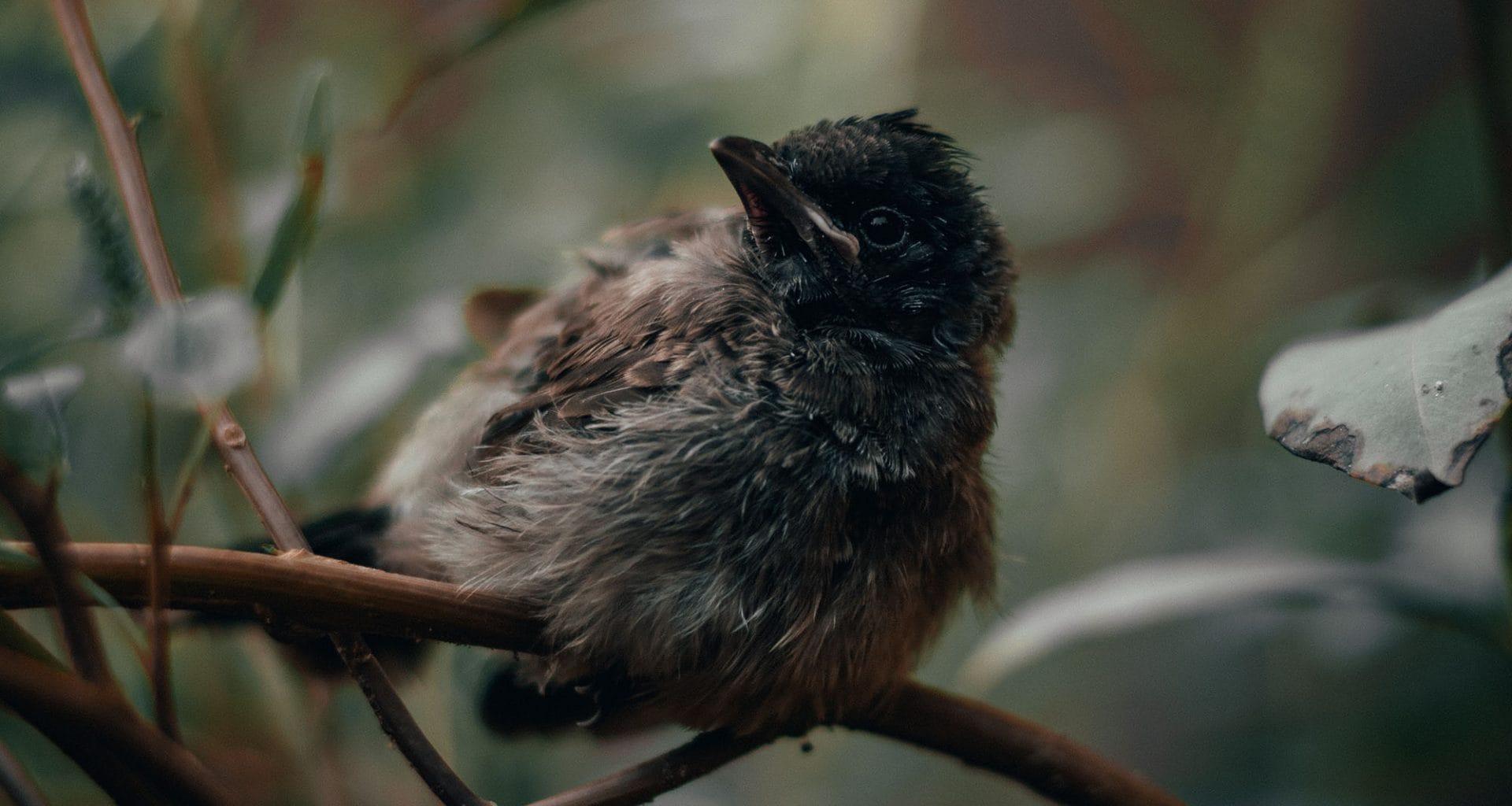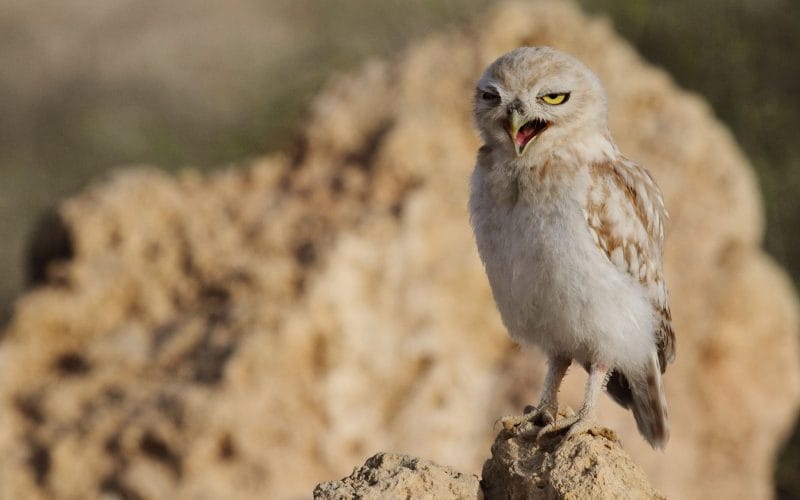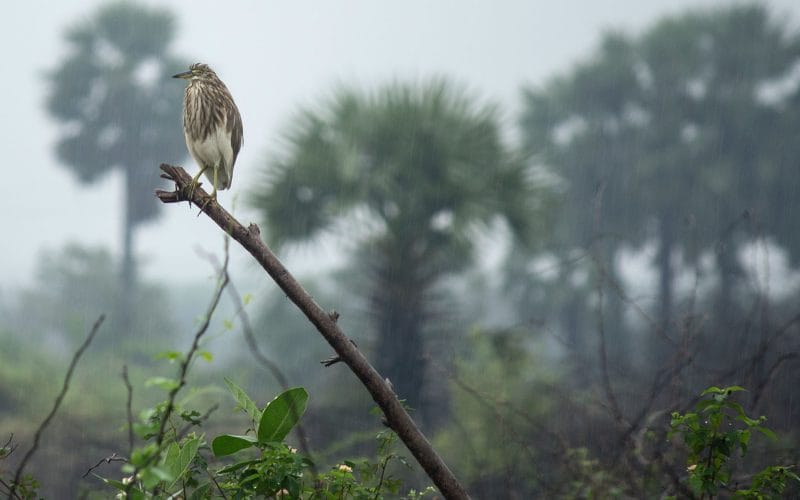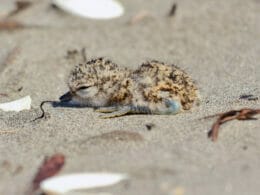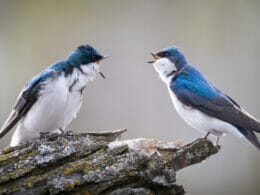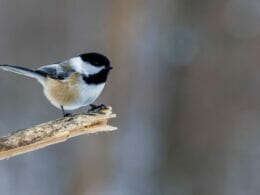Nesting usually starts in early spring, as this mellow weather is supposedly the best time to start a family. Some birds even migrate hundreds of miles to reach a warm spot where raising the little fledglings in warmer lands would be wise. I’ve always found wildlife fascinating, especially the variety and behavior of birds. And one of the things I’ve been wondering about is how do baby birds stay dry in the rain?
Research centers and bird watchers are also concerned. Since not all birds are equipped for handling the rain, the mortality rate of fledglings could soar. But, we can try to alleviate some of their distress.
However, not all birds have the good fortune of living in dry climates, or the ability to fly towards such destinations. Also, the recent changes in climate threw off the temperature schedules a bit. And it’s now customary to see cold weather and heavy rains even in spring.
In this article, we’ll discuss how birds generally adapt to the rainy weather, how baby birds can survive it, and what we can do to help.
How Do Birds Survive the Rainy Winters?
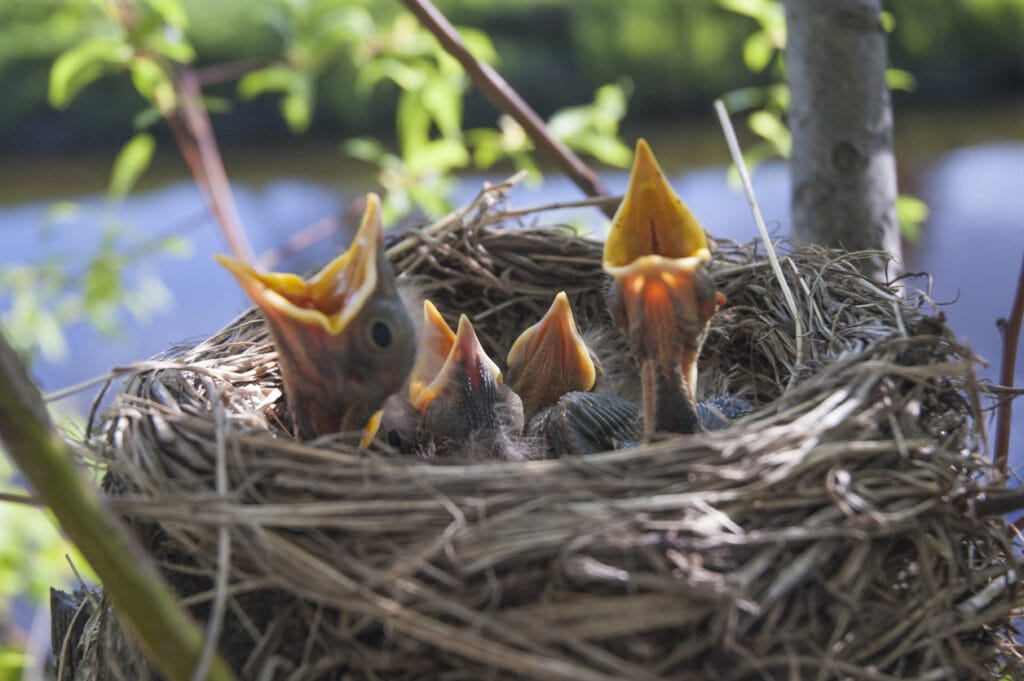
There are about 10,000 different bird species around the world. And according to the American museum of natural history, there could be much higher biodiversity increasing the number of bird species to 20,000. Some of these birds are well-adapted to harsh winters and non-stop rains, while others aren’t.
Mother nature is extremely resourceful when it comes to giving the various creatures innovative and effective methods of survival and staying warm in winter.
For example, the ducks that splash all day long in the ponds, don’t seem to get too wet. The same applies to albatrosses, gulls, and other sea birds.
They have a special gland on their bottoms that secretes an oily substance, and they anoint their feathers with it constantly. This preening technique and the oil secreted by their uropygial gland let the water roll off of them and keep them relatively dry.
Author Note: Penguins, Arctic Terns, Snowy Owls, and the rest of the Northern birds have an even more impressive adaptation that keeps them warm in the freezing cold. Their blood circulation, fat reserves, and behavioral patterns, all play in their favor.
Here are some of the common adaptations winter birds have:
- Growing extra-thick feathers by the end of the fall
- Preening their feathers with the oil from their uropygial gland
- Scaly skin on their feet to reduce heat loss
- Specialized blood circulation in their legs minimizes frostbite
- Increasing their fat reserves before winter
- Fluffing out their down feathers to trap more air for heat insulation
- Tucking one or both legs under their bodies
- Roosting and huddling to preserve their collective body heat
- Entering a state of torpor which is similar to hibernation
Can Baby Birds Handle the Rain Like Adult Birds?
Baby birds often have underdeveloped coping mechanisms to deal with the rain or extra-cold weather. In addition, their surface-area to volume ratio is higher than that of the adult birds. This makes them far more prone to becoming wet, which could be life-threatening at that young age.
Moreover, their oil-secreting glands and down feathers aren’t as fully-functional as the ones on adult birds.
They do have one strength though, which is their instinctive huddling together and roosting. Sharing body temperature is a great way to maximize their total energy and minimize heat losses.
How Do Baby Birds Stay Dry in the Rain?

In general, baby birds are dependent on their parents for warmth and survival during the rain. Even the seabirds, the birds of prey, and the polar birds, need some degree of protection during the first few weeks after hatching.
Parent birds are programmed to spread their wings above their hatchlings, and they can stay like this for incredibly long hours. This is a risky situation though, and this is usually a good reason for birds to become innovative. Some birds were smart enough to cover the nest with leaves.
This trick is particularly useful, since the parent birds have to fly away and look for nutritious food. In fact, the extra calories are critical to help their babies in tolerating the cold weather.
When they become a little bit older, their various adaptation methods develop sufficiently. They can then anoint their feathers with the oily substance they secrete, puff their down, flee to a dry spot, and forage for food on their own.
What Can We Do to Help Baby Birds in the Rain?
Baby birds that leave the nest early could be in dire danger if they have weak wings or respiratory problems. Their mortality rates could reach 80% since they can’t outrun their predators.
The ones that stay in the nest, and wait till they get stronger, have a higher rate of survival when they fly out into nature. There’s a caveat in that scheme though.
Author Note: As the fledglings that stay in the nest grow, they also make more noises, and they become more visible as they get bigger. This attracts predators to the nest, which might put the whole bird family in danger.
The best bet for these fledglings is getting enough nutrition and warmth early on. This way, they’d have strong wings and capable little lungs by the time they’re supposed to fly out of the nest. So here’s what we can do for them:
1. Give the Parent Birds Little Houses
Putting up birdhouses in a backyard or a park should provide a convenient nesting spot for many types of birds. Both migratory and local species would appreciate the easy lodging, especially, if it’s close to their food supplies.
Fruit trees, plantations, and even an old decaying log could be rich sources of nutrition, and hence prime real estate locations for setting up a birdhouse. If not, you can provide some food regularly, so the parent birds wouldn’t need to venture too far away to find sustenance.
Making sure that these houses are also waterproof could go a long way in keeping baby birds safe and dry during the rainy season.
2. Provide Food for the Nesting Birds
Sometimes you’d come across a nest in the garden, the park, or out in the woods. Look for the nearest food sources, and if there aren’t that many, then try to bring the parent birds a few high protein meals from time to time.
You might not be able to feed the babies directly if the mom is around, and even coming too close to the nest might not be a good idea. Thus, it’s best to leave their food in an accessible spot nearby.
A plastic box or can with mealworms in it is among the best foods they can get. The babies can readily eat them, and they’d get tons of nutritious substances inside their bodies. To keep the worms from crawling out of the can, you can put some grease on the sides and rim.
A high-protein feeding that’s also packed with calories would boost the growth of the baby birds. This is among the best assistance they can get to survive the wet season.
3. Cover the Nests for Extra Protection
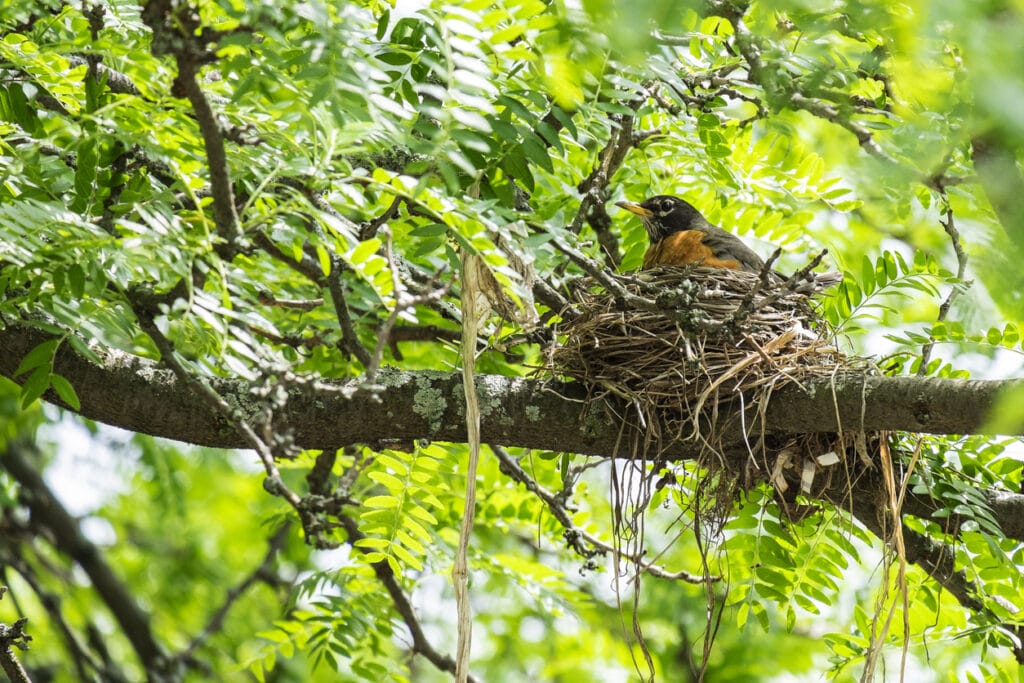
Normally, I wouldn’t touch a nest that has eggs or hatchlings in it. That could easily agitate the parents and the baby birds. However, during a storm or heavy rain, it would be best to try and cover the nest a bit.
Author Note: A sheet of nylon above the branches or even a few broad leaves could keep the nest relatively dry. This would increase the baby birds’ chances of survival significantly.
4. Save the Ones That Fall From the Nests
You might’ve seen a little bird lying on the ground in your backyard or a nearby park. These baby birds can still be saved.
You can take them to the vet, or you can start hand-feeding them. It’s not difficult at all, and the little birds pick up their strength pretty quickly. After that, you can keep them as little pets, or you can gradually let them go back into their natural habitats.
5. Use Eco-Friendly Products as Much as Possible
This is something we should do for nature in general, not just for the little birds. The climatic changes are affecting all mammalian life, and luckily we can still reverse these effects.
Once the seasons become more punctual, then the little birds wouldn’t have to deal with unlikely events like the spring rain, or extra severe winters.
In Conclusion
Fully grown birds have a variety of tricks up their sleeves to stay dry in the rain. Some puff up, some anoint themselves with an oily substance they secrete, and some spread their wings and shower in the rain.
Contrary to that, baby birds aren’t as well equipped to handle the rain as adult birds. Thus, they depend on their parents primarily to keep them safe and dry. And we can contribute to that a little bit as well.
Providing shelter, food, and decreasing the acceleration of climate changes can help these baby birds a lot.
Fly high friends!
FAQ
Firstly, check to see how old the chick is. It is is really small then it will need help. If you can see the nest close by and can reach it, then put the chick back in the nest. If it is a fledgling then it might just be resting. In which case, leave it alone.
Being a baby bird is an incredibly vulnerable time for them. Birds and animals that rob nests will be looking out for them and if they climb out of the nest then they are in danger of injury. Think of the White Tern that lays its eggs straight onto a bare branch. No support at all or protection from the wind and they survive. Birds are very resilient. The best thing we can do is to leave them alone most of the time.




